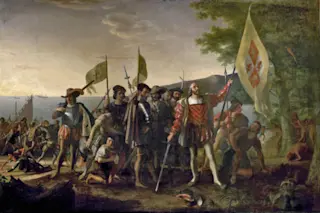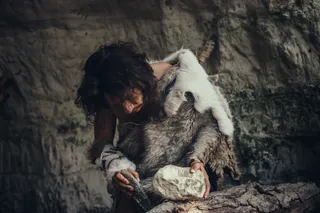A few year ago there was a minor controversy when some evolutionary genomicists reported that they had reconstructed the genome of the extinct Taino people of Puerto Rico by reassembling fragments preserved in contemporary populations long since admixed. The controversy had to do with the fact that some individuals today claim to be Taino, and therefore, they were not an extinct population. Though that controversy eventually blew over, the methods lived on, and continue to be used. Now some of the same people who brought you that have come out with work which reconstructs the recent demographic history of the Caribbean, both maritime and mainland, using genomics. Even better, it's totally open access because it's up on arXiv, Reconstructing the Population Genetic History of the Caribbean (please see the comments at Haldane's Sieve as well, kicked off by little old me). Though the authors pooled a variety of data sets ...
The Genetic Legacy of the Conquistadors
Explore the Caribbean population genetic history revealing insights on Taino ancestry in Puerto Rico and European admixture.
More on Discover
Stay Curious
SubscribeTo The Magazine
Save up to 40% off the cover price when you subscribe to Discover magazine.
Subscribe













